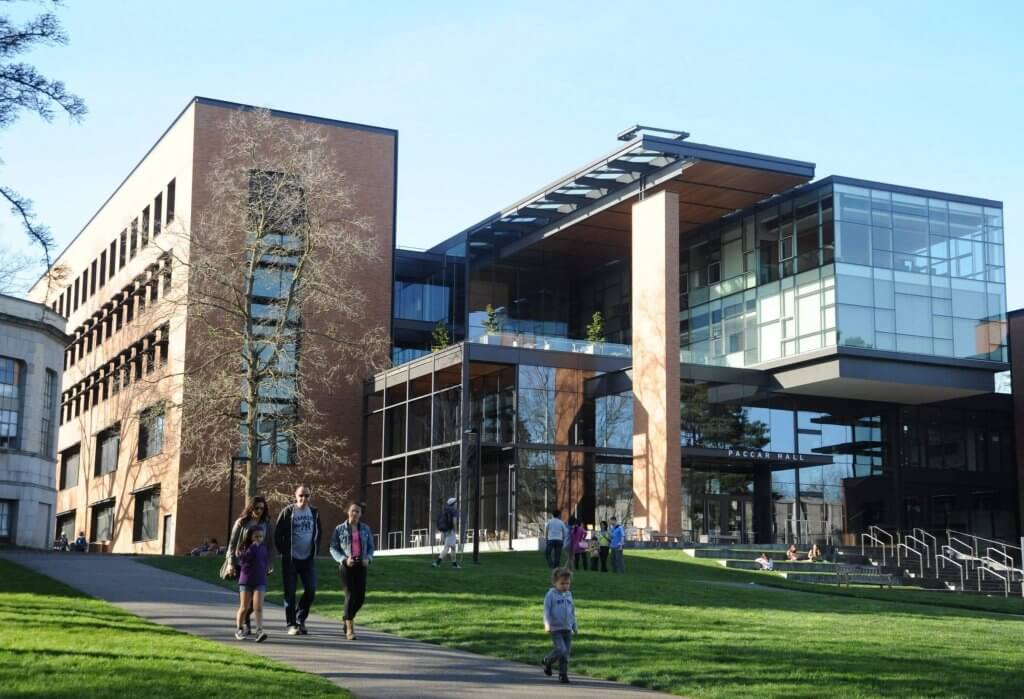Our Call to Action: Joining Together for Social Impact
Imagine this: Our populist president, who “styled himself as a man of the people, beating the dominant political dynasty of his day to win the presidency… (and) who relished fights…” according to a leading East Coast newspaper.
President Donald Trump? Too easy a guess of course. But President Trump does have a framed portrait of this predecessor he admires in the Oval Office: Andrew Jackson.
When the 25-year-old Frenchman Alexis de Tocqueville visited the United States in 1831, while Jackson was our president, he inspected prisons, attended soirees and shindigs, and even survived a shipwreck on the Ohio River. Most enduringly, he wrote a two-volume book about his experiences, Democracy in America, which is “still regarded by many scholars as the greatest work on America ever written,” according to the Guardian.
We often cite Tocqueville when explaining the unique role of nonprofits, philanthropy, and the civil society in our country. In his words, “Americans in all ages, all stations of life, and all types of disposition are forever forming associations…of a thousand different types—religious, moral, serious, futile, very general and very limited, immensely large and very minute.” As Tocqueville also noted, “At the head of any new undertaking, where in France you would find the government or in England some territorial magnate, in the United States you are sure to find an association.”
One thoughtful observer sees this distinctively American phenomenon as under serious threat today. Harvard political scientist Robert Putnam in his 2000 book Bowling Alone: The Collapse and Revival of American Community thoroughly documents that we are assembling together less for social activities, joining fewer civic associations, voting less, and even joining fewer bowling leagues.
We find Putnam’s observations credible and worrying. But as close observers and participants in the nonprofit and philanthropic sectors, we choose to make a strong counterargument that our civil society today remains vibrant and growing. First, the data. The U.S. nonprofit sector is close to $2 trillion in size, larger than technology or banking, and growing faster than business or government. And the number and growth of foundations and nonprofit organizations is higher than ever. There are over 1.4 million nonprofit organizations today!
But, second, even more compelling to us than data, are our own experiences. Consider this short list of seemingly disparate nonprofits: Helen Keller International; Positive Coaching Alliance; Pratham; Partners in Health; Oregon Shakespeare Festival; Ashoka; Stanford University; Landesa; BRAC. What do they have in common? These organizations are true exemplars for us of how we—as nonprofit leaders and staff, volunteers, donors, board members—already “associate” to come together in common purpose to deliver extraordinary social impact in our emerging Impact Era.
Volunteers assemble meals
Regardless of your political views, socioeconomic status, ethnicity, or gender, there is much work we can do to join together in common purpose. Because we in America rely on nonprofits to deliver what others expect of government, there is an organization to which virtually all of us can gainfully contribute our time and, when possible, our money. Your local hospital—likely a nonprofit. Foodbank, women’s shelter, hospice care, performing arts organization, land trust, college prep—also quite likely nonprofit. An NGO focused on Africa, India, Mexico, or almost anywhere from which you or your family might have immigrated—all nonprofits. Yet, despite the many essential services our social sector delivers, it remains chronically under-resourced, obliged to rely on us coming together to provide voluntary gifts of time and money.
At the same time, we have a unique opportunity in our history to refocus our nonprofit sector on impact, not just activity. We are at the cusp of the greatest transfer of wealth in the United States history—as we Baby Boomers begin to glimpse the great white light in the lessening distance. One respected study from the Center on Wealth and Philanthropy at Boston College forecasts that between 2007 and 2061, the baseline amount of wealth transfer could reach roughly $19 trillion. The tax authorities will take their significant share, as will the children and other heirs. But plenty will remain for charitable donations—we believe that by 2025, philanthropic donors are on track to contribute between $500 billion and $600 billion annually to the nonprofit sector in the U.S. But we will still fall short of what we will need by $100 billion to $300 billion. (The total charitable giving for 2016 was $390.5 billion, according to Giving USA.)
At the same time, our generation’s business winners—often in technology or finance, it seems—are beginning to turn their leadership and huge financial resources to reshaping philanthropy, nonprofits, and our civil society. Bill and Melinda Gates, Jeff Skoll, and Pierre Omidyar are our generation’s Andrew Carnegie, John D. Rockefeller, and Henry Ford. Emerson Collective (Laurene Powell Jobs) and Chan Zuckerberg Initiative aspire to influence not only through grant-making but policy and politics.
Our call to action to you: find a nonprofit that provides our society something that you value. Join together with others in your community to offer your time and money to ensure its impact on all of us. It’s the American way!
Originally published in Forbes

